Let’s talk about deep time!
by Hanna Knahl
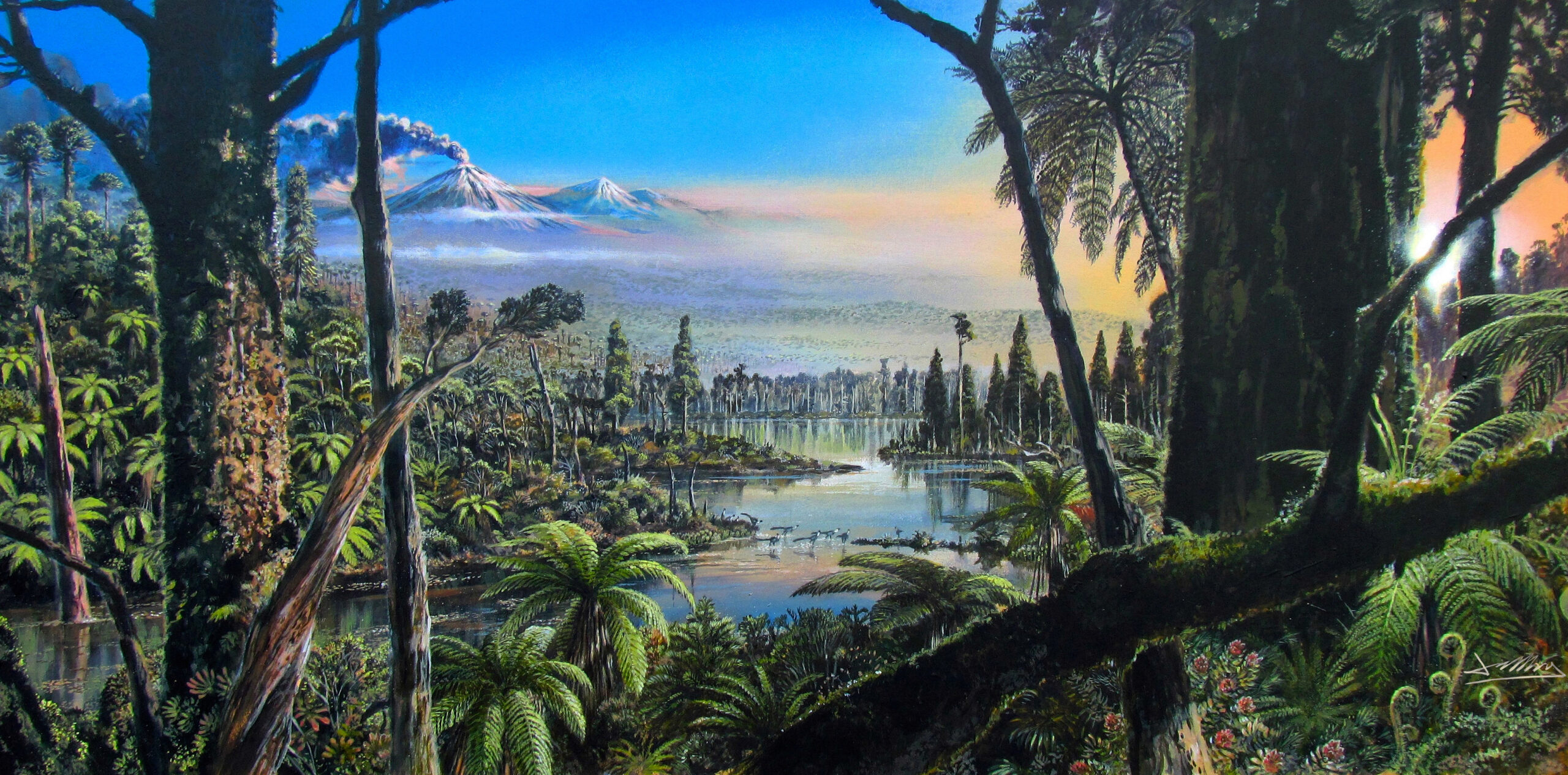
Figure 1 – This is how Antarctica might have looked like 90 Million years ago. Source: Alfred-Wegener-Institut / James McKay
“Rainforest in Antarctica” sounds like an April fool? Or like a climate apocalypse scenario for the future? It actually was real. Let’s go deep back in time to the fascinating epoch of the dinosaurs!
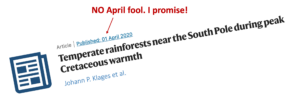
Figure 2 – The publication date is a funny coincidence. The findings of this paper might be astonishing but they are real science. Source: Screenshot (adjusted) [2]
Deep time in climate science is about travelling back in time – namely very deep – like back to the Cretaceous, almost 100 Million years ago. What’s the most exciting thing about the Cretaceous? Many would say: the dinosaurs! But this epoch was about much more than only dinosaurs. This article will show us an astonishing face of Antarctica revealed by the findings of Klages et al., 2020 [1].

How did the widely unknown Cretaceous face of Antarctica look like? Source: Own graphic
Antarctica has more than one face
Today, Antarctica is covered by a huge ice sheet. But during the Cretaceous it must have looked completely different because Earth’s climate was much hotter than today. Show us your other face, Antarctica!
How do we find out about Antarctica during the Cretaceous?
Vegetation and climate in deep time can be recovered from ocean sediments. Layers of sediments preserve information about the climate they were formed in. In this special case the former surface of the Antarctic continent sank underneath the ocean. Then, sediments formed above and thereby preserved the old forest floor. Scientists around Johann Klages from the Alfred-Wegener-Institute in Bremerhaven (AWI) were able to drill a core from these special old sediments.
The expedition
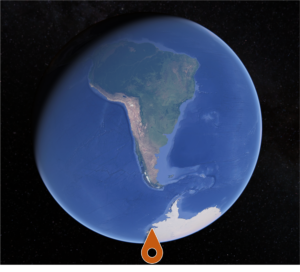
Figure 3 – The expedition went to the other “end” of the world. The drill site is located in the Amundsen Sea, coordinates 73.57°S, 107.09°W, 946 m below sea level. Source: Google Earth
To drill a sediment core in Antarctica you need a well-planned research expedition and fancy technical equipment. The Polarstern expedition PS104 went to the drill site in the Amundsen Sea in West Antarctica (see Figure 3). While Polarstern was floating above the spotted drill site, the drill rig called “MeBo” was lowered 950 metres down to the sea floor. It then drilled into the ocean floor with a tube which collects the sediment layer by layer. Sounds easy but the robotic drill rig MARUM-MeBo70, which was developed at Center for Marine Environmental Science (MARUM) in Bremen, looks technically very complicated (see Figure 4). After the remotely controlled drilling, the sediment core was brought up with MeBo back on deck of Polarstern (see Figure 4).
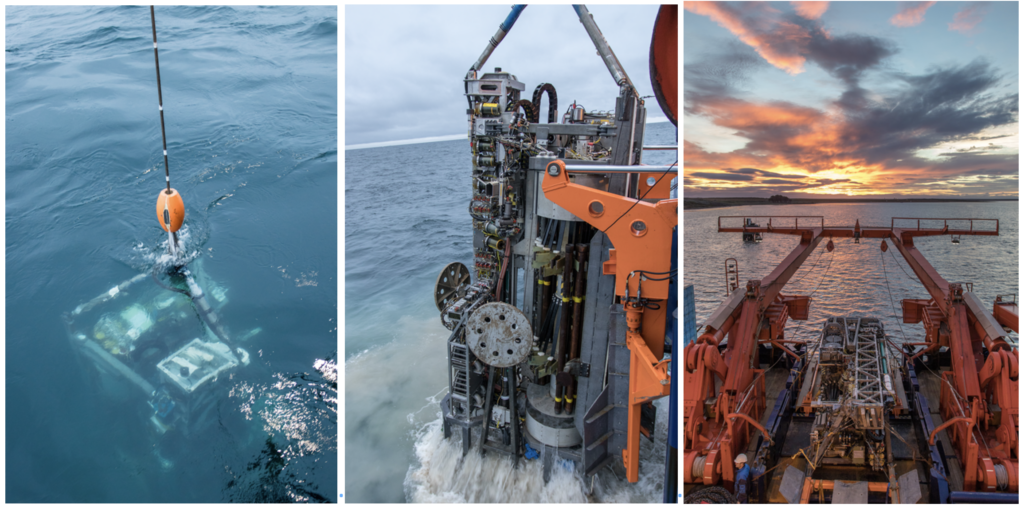
Figure 4 – The sediment core was drilled by the robotic drill rig MeBo. From research vessel (RV) Polarstern it was lowered to the sea floor and the drilling was remotely controlled. After the drilling MeBo was lifted on deck (from left to right). Source: Alfred-Wegener-Institut / Thomas Ronge
Many hands were needed to analyse and preserve the fresh drill core of 30 metres length in total (Figure 5).
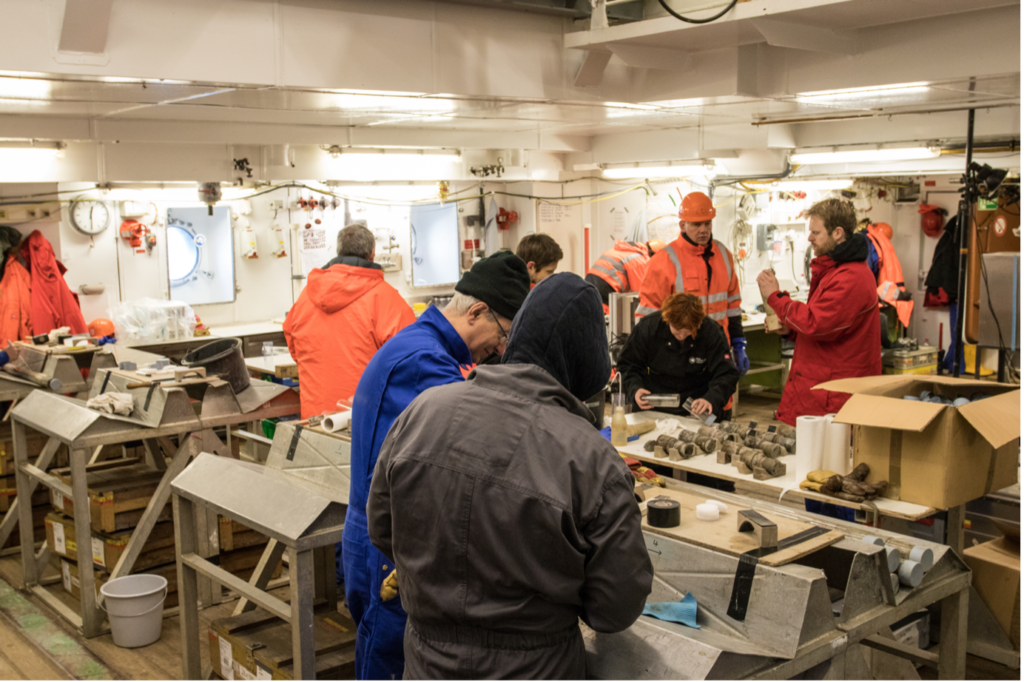
Figure 5 – The wet lab on Polarstern full of busy people like Johann Klages (r.). First looks are taken on the sediments before they get carefully packed. Source: Alfred-Wegener-Institut / Thomas Ronge
It is the first sediment core drilled this far South. Therefore, it helps enormously to close the gap of knowledge about Antarctica in deep time. So, what does the core tell us?
Root system of a rainforest
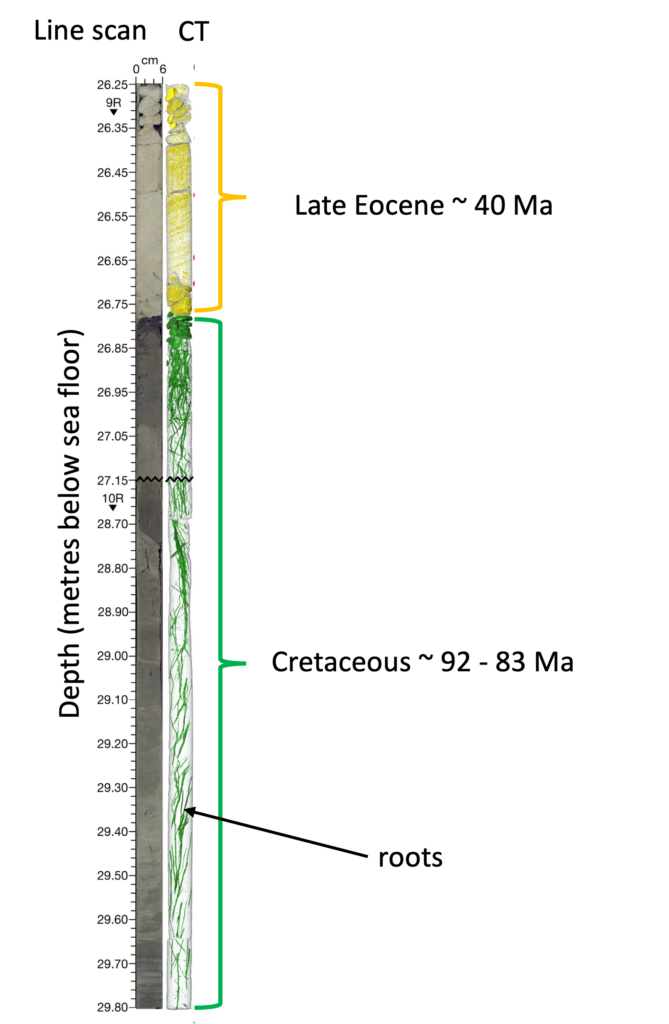
Figure 6 – Line scan (photo) and CT of the core. Source: Klages et al., 2020 [1] (adjusted)
3 metres of the sediments (shown in Figure 6 (lower part)) contain a big variety of information. First of all, the very important information about the time. This part of the core is around 90 Million years old – so, it’s from the middle of the Cretaceous (for the experts: Turonian-Santonian).
It contains pollen, spores and even a very fascinating root system which is nicely visible in the CT scan of the core (Figure 6 (right) in green). These roots are the remanence of a temperate lowland rainforest which might have looked alike the beautiful drawing in Figure 7 (also teaser figure).
Over 60 different pollen and spore taxa can be found that show a very complex ecosystem. Many taxa belong to conifer trees and ferns. Together with the ferns flowering shrubs might have grown in the understory of the forest. Other taxa also indicate there were fresh water bodies (e.g. lakes or rivers) being the habitat of cyanobacterial mats.

Figure 7 – A drawing based on vegetation and climate reconstructions by the sediment core and other proxy data. A temperate rainforest with tall conifer trees, ferns, flowering shrubs and lakes. Source: Alfred-Wegener-Institut / James McKay
So, only 900 km away from the paleo-South pole there has grown a rainforest. Imagine a rainforest being in the dark for over four months because of the polar night. That’s really exciting news!
Today temperate rainforests cannot be found this far South (there is ice everywhere). Such rainforests can now be found in Canada [3] or Chile [4]. For sure, this is still a temperate rainforest and not comparable to tropical rainforests like the Amazonian. But still very different to the icy face Antarctica is showing us today.
Could ice even exist there?
To grow ice, you need temperatures below 0°C and precipitation. To sustain an ice sheet over years, even in summer you need temperatures around 0°C as maximum.
Let’s have a look on the reconstructed climate of the core:
- Precipitation: 1,120 mm per year (that’s a lot)
- Annual mean temperature: 13°C (very warm)
- Hottest summer month: 18.5°C (definitely too hot)
So, there would have been enough precipitation but it was too warm to grow ice in this place.
But this record is only punctual and it’s in West Antarctica. West and East can differ a lot in Antarctica. We need a broader picture! Let’s switch over from the experiment to theory, namely to the climate model COSMOS. The model was run under different CO2 levels which is one of the most sensitive settings in a climate model. The closest match to the core could be achieved with CO2 over 1100 parts per million and volume (ppmv), while the reconstructed CO2 concentration is around 1000 ppmv. So, high CO2 values (today it’s around 419 ppm [5]) and dense vegetation are needed to model a climate that allows a temperate rainforest this far South. Under these model conditions also East Antarctica would have been too warm to grow ice. Or the other way around: If there would have been significant ice masses, this rainforest could hardly have existed.
A new face of Antarctica

Figure 8 – Faces of Antarctica: The cool, icy face of today (left) and the beautiful, hot rainforest face of the Cretaceous (right). Sources: Adapted from Pixabay (left), Alfred-Wegener-Institut / James McKay (right)
Concluding, this study supposes a mostly ice-free Antarctica in the mid-Cretaceous with a temperate rainforest instead. What a difference to the white continent we know today! So, we learned about a new face of Antarctica today. Are there even more faces to learn about? We will see…
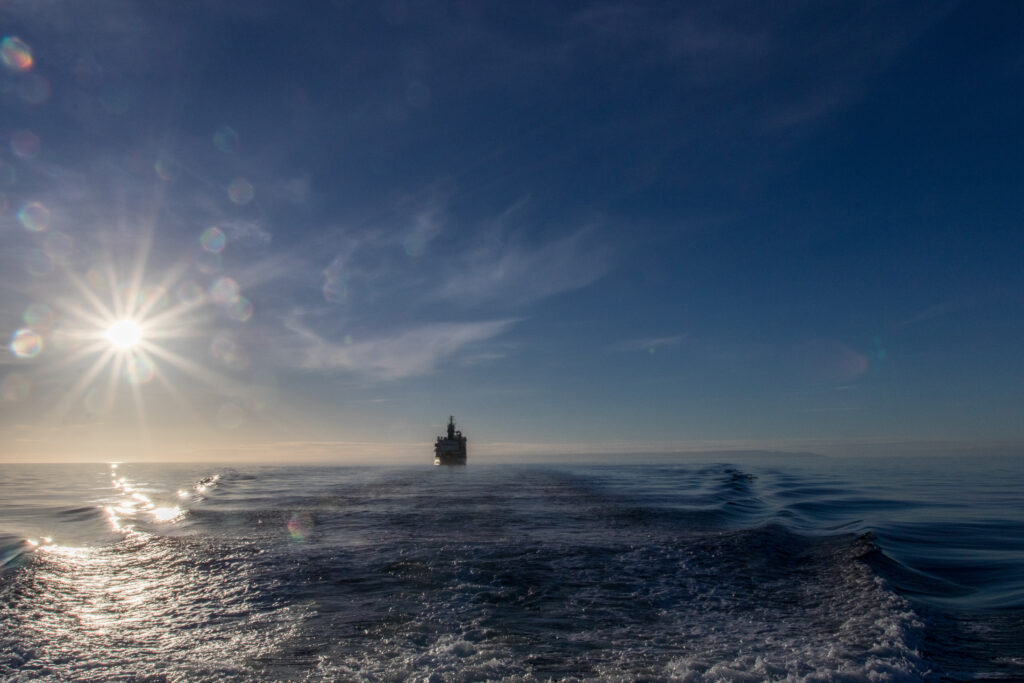
Figure 9 – Let’s see where the sediment core of PS104 will take us next time… Source: Alfred-Wegener-Institut / Thomas Ronge
Sources
[1] Klages, J.P., Salzmann, U., Bickert, T. et al. Temperate rainforests near the South Pole during peak Cretaceous warmth. Nature 580, 81–86 (2020). https://doi.org/10.1038/s41586-020-2148-5
[2] https://www.nature.com/articles/s41586-020-2148-5#MOESM2 (accessed 08.08.2023)
[3] https://www2.gov.bc.ca/gov/content/environment/natural-resource-stewardship/cumulative-effects-framework/regional-assessments/west-coast (accessed 09.08.2023)
[4] https://dopa-explorer.jrc.ec.europa.eu/ecoregion/60404 (accessed 09.08.2023)
[5] https://gml.noaa.gov/ccgg/trends/global.html (accessed 09.08.2023)


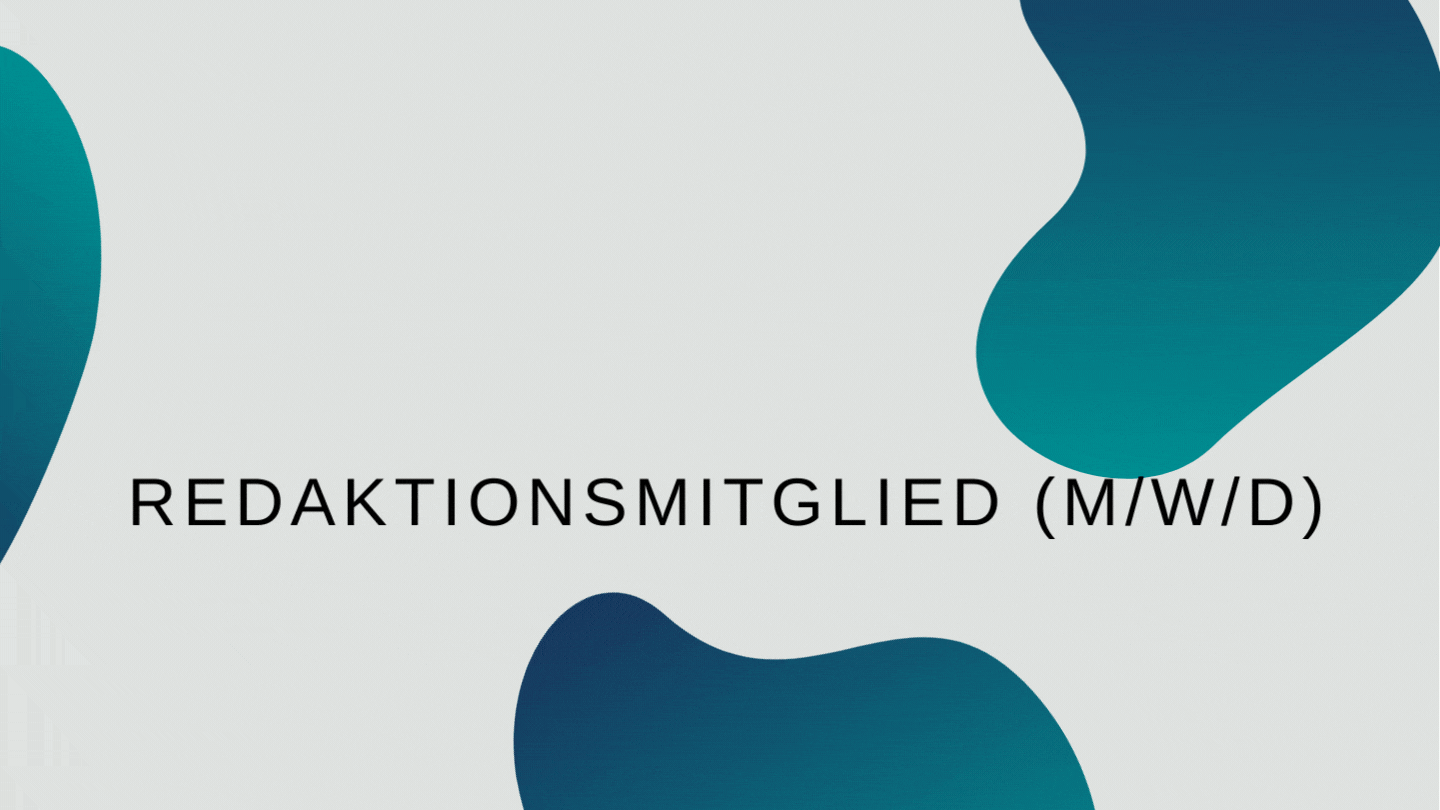






Hi Hanna, recently.
recently. logo was missing. Maybe next time!
logo was missing. Maybe next time!
Thank you so much! I’m thrilled to have attended your conference in Iceland
The article provides an intriguing perspective on Antarctica during the mid-Cretaceous offering me a rewarding and stimulating experience
However I noticed the penguin
It was really cool!